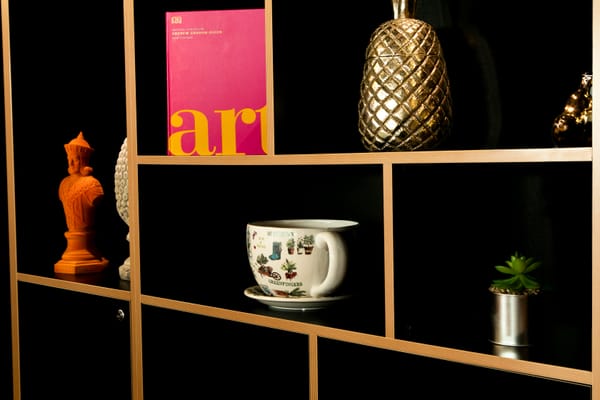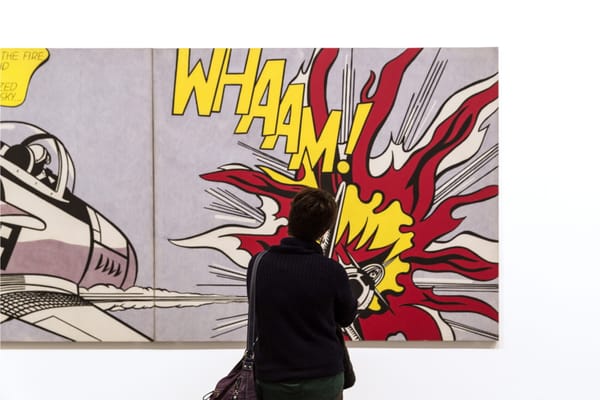Trump’s Tariffs Threaten to Isolate the U.S. Art Market
As Trump’s tariffs threaten cross-border art transactions, dealers and collectors face rising costs and potential isolation from the global market.

The international art world is bracing for chaos as Trump’s proposed tariffs hang like a dark cloud over galleries, fairs, and auction houses. Cross-border shipping—the lifeblood of global sales—is about to get pricier. Artworks already face complicated logistics; new duties could drive costs so high that many dealers fear buyers will walk away.
Major events like Art Basel Hong Kong and Frieze Los Angeles are right around the corner, leaving galleries scrambling to lock in shipping rates before tariffs spike. Collectors, especially those eyeing foreign pieces, are pressing pause, worried about ballooning taxes and unpredictable customs hurdles. Some smaller galleries have begun limiting their high-value imports, hoping to avoid any nasty surprises.
Dealers warn that domestic sales alone won’t sustain them if the U.S. market becomes isolated. But no one has a perfect roadmap for what comes next. Some talk about forging new trade routes, while others consider absorbing part of the tariffs—a gamble that could obliterate profit margins. The looming question: Can the art market thrive under these conditions, or will we see a rollback of the globalized industry that’s been so profitable for decades?
For now, the tension is palpable. If these tariffs become reality, the American art scene may look radically different—fewer international works, higher price tags, and a climate of uncertainty no one really wants. As one dealer put it, “Without cross-border freedom, we’re basically stuck.”
ART Walkway News





